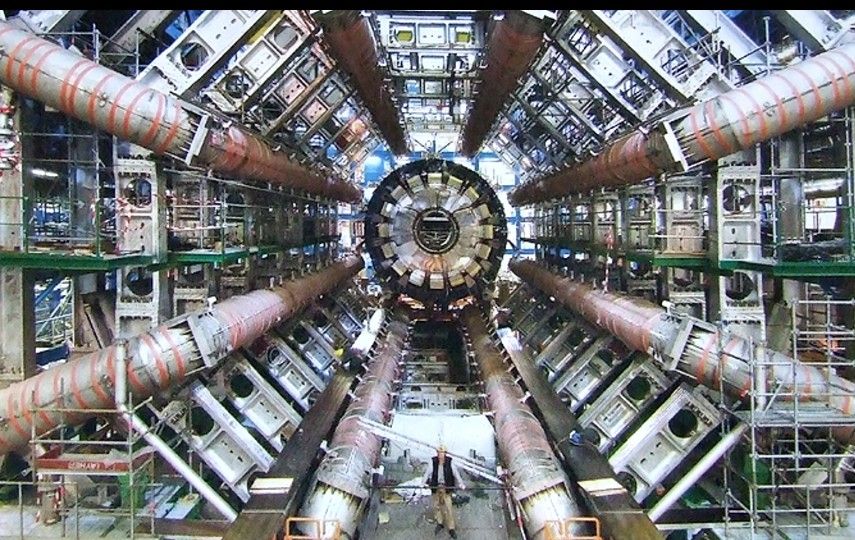Nov 9, 2011
Planet versus Einstein
Posted by Otto E. Rössler in categories: existential risks, particle physics
Einstein could see through. His most powerful (“happiest”) thought was the equivalence principle. This is the insight that you can equate what happens in ordinary acceleration with gravity. Newton had seen it before, as Thibault Damour found out, but the universal speed of light made it a magic lamp.
The “gravitational clock slowdown” immediately spotted as an implication by Einstein, is the greatest breakthrough in the history of science. It was never given the attention it deserves. 3 corollaries got discovered since. They were not embraced by Einstein at the time out of cautious modesty because quantum mechanics was not yet known in 1907. Einstein’s famous slow-down of photon frequency on the lower floor goes hand in hand with 3 further changes: a proportional reduction in the mass of all locally stationary bodies by virtue of quantum mechanical creation-annihilation; a proportional increase in all local lengths mediated by quantum mechanics; and a proportional reduction in all local charges, covarying with mass. The 4 changes (in T, L, M and Ch) are locally counterfactual. The length change L has the further corollary that the speed of light c becomes globally (and not just locally) constant.
Professor Richard J. Cook of the Air Force Academy arrived at the same results on the basis of Einstein’s later mature theory of general relativity. He saw the further corollary of a locally counterfactual quadratic change in the gravitational constant G. The at first overlooked change in charge was graciously conceded.
These new results have ground-breaking implications (no Ur-meter, no Ur-kilogram, no Ur-charge). Most importantly, they come at a critical moment in history. For their previous lack is responsible for an experiment being carried out in all innocence that with a sizeable probability leads to panbiocide in a few years’ time.









